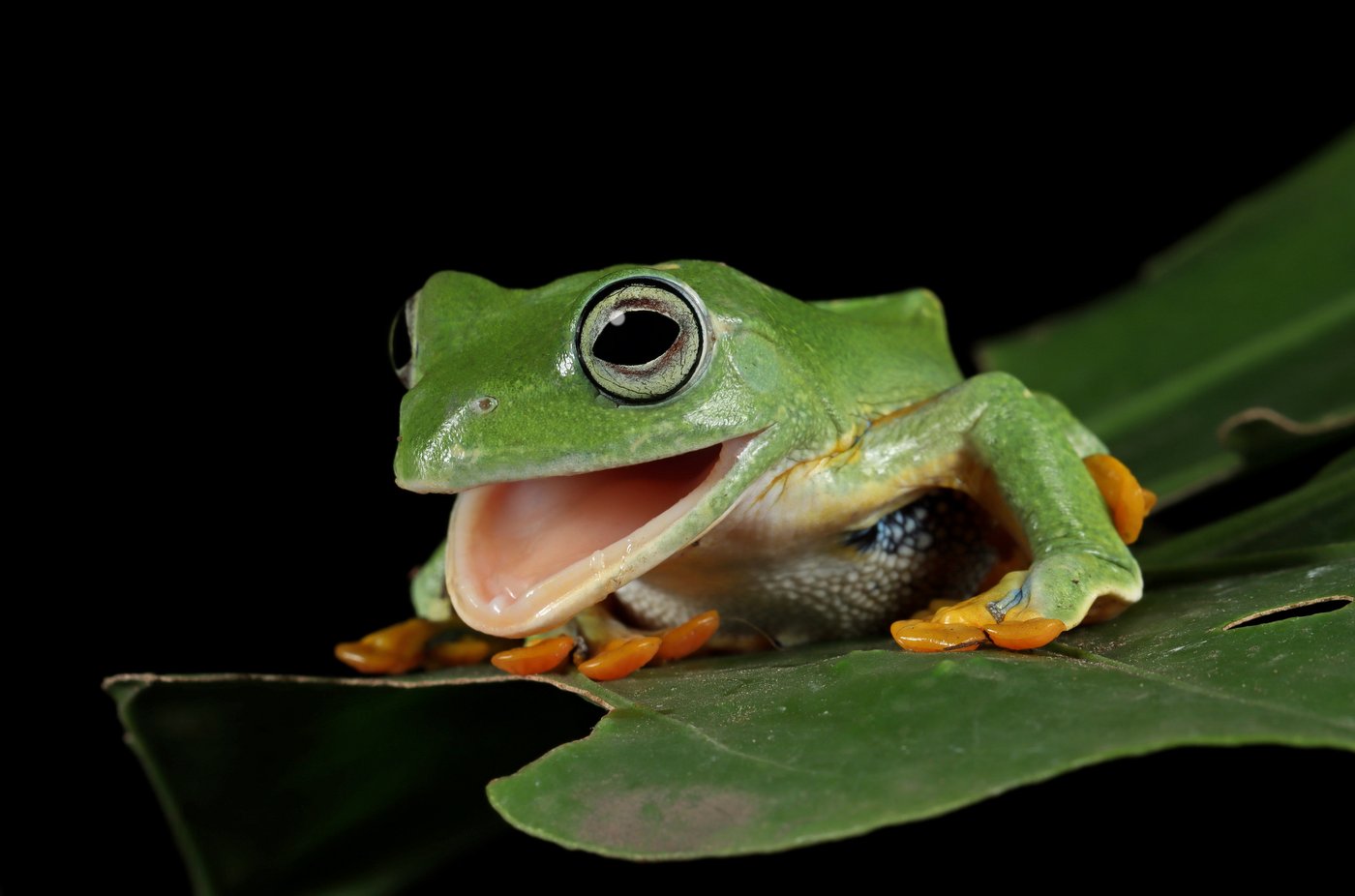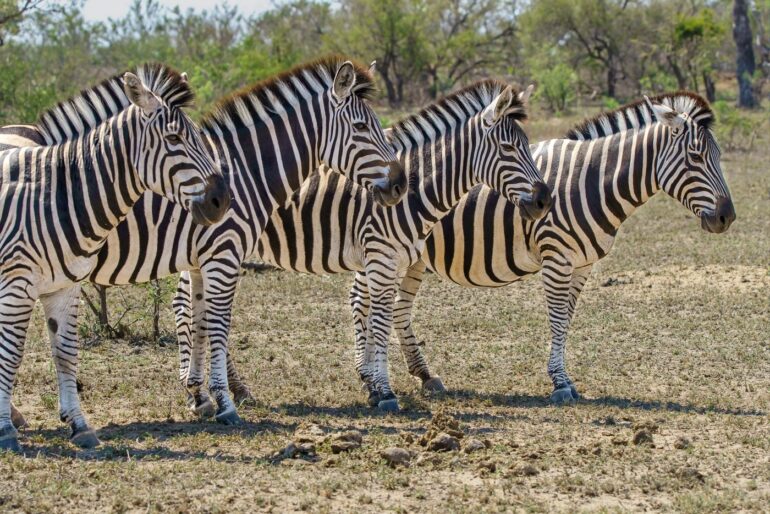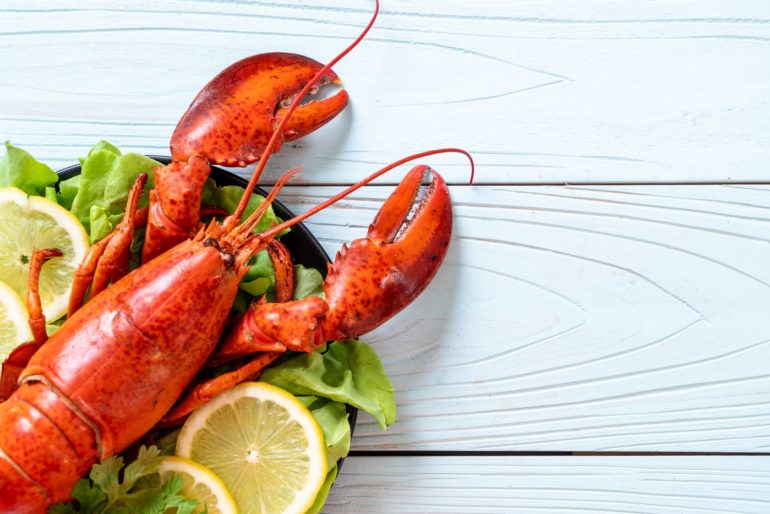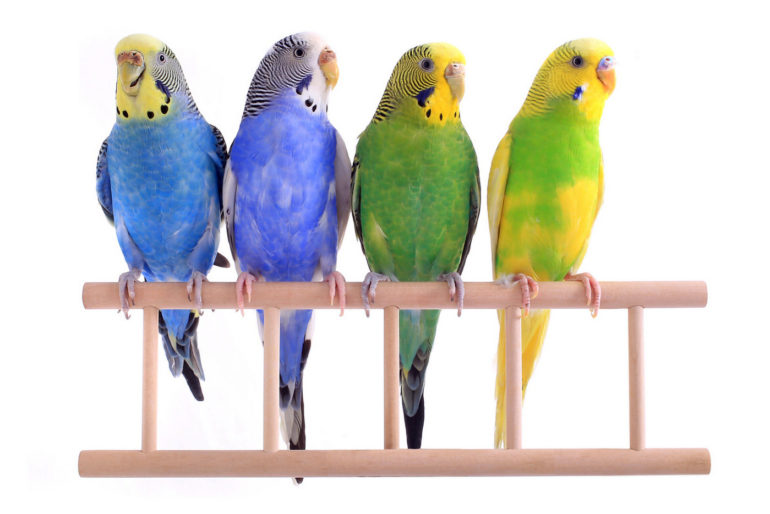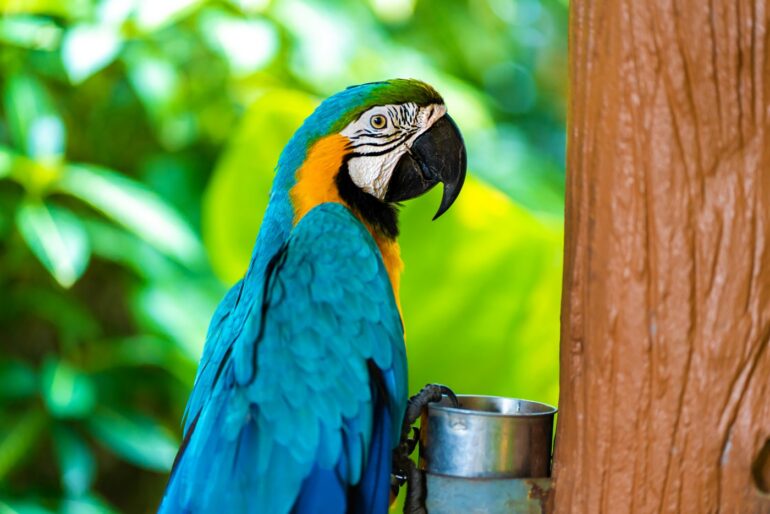Do reptiles & amphibians make good pets for kids?
Do reptiles & amphibians make good pets for kids?
If you’re wondering, we have a question for you first: Did you know that turtles, lizards, and frogs and other animals can carry a harmful type of bacteria — Salmonella?
Unfortunately, reptiles & amphibians and salmonella often go together – which means you need to be careful around young kids or people with immune disorders.
Reptiles, amphibians and salmonella: Gastrointestinal (enteric) disease from animals
Amphibians and reptiles are popular pets with many families. Turtles, tortoises, frogs, iguanas, snakes, geckos, horned toads, salamanders, newts and chameleons are colorful, quiet, and often kept as pets. Both classes of animal frequently carry a bacteria called Salmonella that can cause serious illness in people.
Although many people think that Salmonella infections are caused only by contaminated food, these germs can also be caught by handling animals — including reptiles or amphibians. Salmonella infections can also result from having contact with their environments, including the water from containers or aquariums where they live.
Hundreds of people have become ill in several nationwide Salmonella outbreaks linked to small turtles, and most victims are children under 5 years old. The CDC recommends that, in particular, parents keep small turtles and other reptiles away from young children.
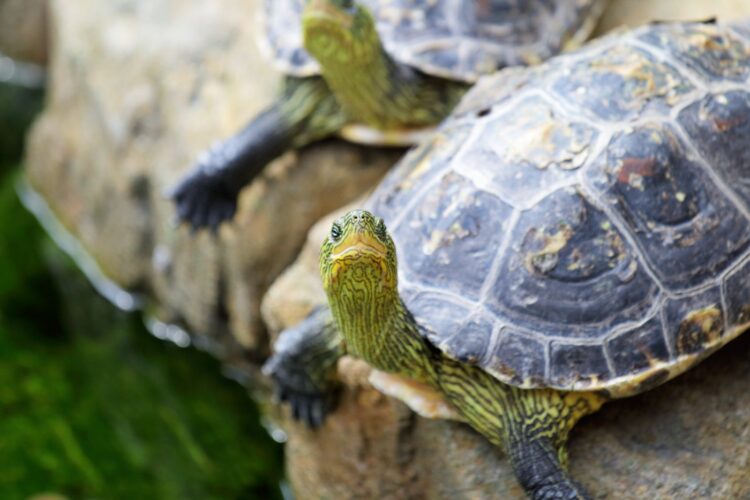
How do people get Salmonella from reptiles & amphibians?
Reptiles and amphibians might have Salmonella bacteria on their bodies, even when they appear healthy and clean. The germs can also get on cages, aquariums, terrariums, the water the animals live or swim in, and other containers that house them. Basically, anything that reptiles and amphibians touch should be considered possibly contaminated with Salmonella.
When you touch reptiles and amphibians, the germs can get on your hands or clothing. It is important to wash your hands immediately after touching animals, or anything in the area where they live and roam, including water from containers or aquariums, because the germs on your hands can easily spread to other people or things.
How do I reduce the risk of infection?
What to do
- Wash your hands thoroughly with soap and warm water immediately after touching a reptile or amphibian, or anything in the area where they live and roam. Use hand sanitizer if soap and water are not readily available. (Adults should always supervise hand washing for young children.)
- Keep frogs, toads, salamanders, caecilians and newts; lizards, snakes, turtles and tortoises out of homes with children younger than age 5, or people with weakened immune systems.
- Habitats and their contents should be carefully cleaned outside of the home. Use disposable gloves when cleaning and do not dispose of water in sinks used for food preparation or for obtaining drinking water.
- Wash any clothing the reptile or amphibian might have touched.
- Use soap or a disinfectant to thoroughly clean any surfaces that have been in contact with reptiles or amphibians.
What not to do
- Don’t let children younger than 5 years of age, older adults, or people with weak immune systems handle or touch amphibians or reptiles, or anything in the area where they live and roam, including water from containers or aquariums.
- Don’t keep reptiles and amphibians in child care centers, nursery schools, or other facilities with children younger than 5 years old.
- Don’t touch your mouth after handling reptiles or amphibians and do not eat or drink around these animals.
- Don’t let reptiles or amphibians roam freely throughout the house or in areas where food or drink is prepared, served, or stored, such as kitchens, pantries, or outdoor patios.
- Don’t bathe animals or clean their habitats in your kitchen sink, bathroom sink, or bathtub. To prevent cross-contamination, animals should be bathed in a small plastic tub or bin that is dedicated for animal use only. (If bathtubs must be used for these purposes, they should be thoroughly cleaned afterward. Use bleach to disinfect a sink, bathtub, or another place where reptile or amphibian habitats are cleaned.)
Who is most at risk from reptiles & amphibians?
Young children are at increased risk for Salmonella infection because their immune systems are still developing and because they are more likely than others to put their fingers or other items into their mouths. Therefore, it’s suggested that families with children aged 5 years or younger in the home should avoid keeping reptiles or amphibians as pets.
Since 1975, it has been illegal in the United States to sell or distribute turtles with shells that measure less than 4 inches in length. This size was chosen because small children are more likely to treat smaller turtles as toys and put them in their mouths.
This ban prohibiting the sale of small turtles likely remains the most effective public health action to prevent turtle-associated salmonellosis.
Despite this ban, such turtles are still found in some pet stores, flea markets, with street vendors, or sold over the Internet. In addition, children still catch wild turtles and lizards and bring them home to keep as pets.
Whether purchased or caught in a backyard, a reptile or amphibian can carry Salmonella. For that simple reason, they might not be the best choice of a pet for your family, especially if there are young kids or anyone with a weakened immune system in the home.
Of course, in a few years, when your child is old enough to care for these pets responsibly, and has age and strength on his or her side, you can reconsider.

